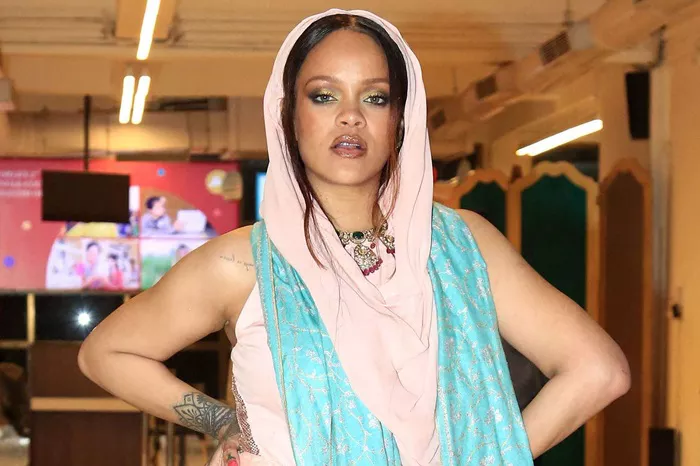Country music has evolved dramatically over the decades, blending with various other genres and reflecting contemporary trends. One notable transformation in recent years is its increasing similarity to pop music. This phenomenon has sparked debates among fans and critics alike, with some celebrating the genre’s modern evolution and others lamenting the loss of its traditional roots. This article explores the reasons behind this shift, examining historical influences, market dynamics, and artistic trends that contribute to the popification of country music.
Historical Context of Country Music
Roots of Country Music
Country music originated in the rural Southern United States in the early 20th century, drawing from folk, blues, and gospel traditions. Early pioneers like the Carter Family and Jimmie Rodgers established the foundation of the genre with their acoustic sound and storytelling lyrics. The music was deeply tied to the cultural and social fabric of rural America, reflecting the lives and struggles of ordinary people.
The Golden Age and Honky-Tonk Era
The mid-20th century saw the rise of honky-tonk and Western swing, with artists like Hank Williams and Bob Wills. These styles incorporated electric instruments and a more danceable rhythm, broadening the appeal of country music. This period also marked the beginning of country music’s commercial success, leading to the establishment of Nashville as a music industry hub.
Country Pop and the Nashville Sound
In the 1960s, the Nashville Sound emerged, characterized by lush orchestration and smooth production. Artists like Patsy Cline and Jim Reeves brought country music into mainstream popularity by blending traditional elements with pop sensibilities. This era laid the groundwork for future cross-genre experimentation and set a precedent for the commercial potential of country music.
The Influence of Market Dynamics
The Rise of Commercial Country Music
The commercialization of country music accelerated in the late 20th and early 21st centuries. Major record labels and media companies recognized the profitability of country music, leading to a focus on producing radio-friendly hits. The success of artists like Garth Brooks and Shania Twain in the 1990s demonstrated the enormous market potential for country music that appealed to a broad audience.
Targeting a Broader Audience
To maximize commercial success, country music increasingly targeted a wider demographic, including urban listeners who traditionally favored pop music. This shift required a more polished sound and catchy hooks, leading to the incorporation of pop production techniques and songwriting styles. The blending of genres became a strategic move to attract diverse listeners and increase radio play and streaming numbers.
The Role of Radio and Streaming Platforms
Country music’s transformation was also influenced by changes in how music is consumed. Radio stations, seeking to retain listeners, favored songs with mass appeal. Similarly, streaming platforms’ algorithms tend to promote tracks that resonate with a broad audience, encouraging artists to adopt a pop-influenced sound. The metrics-driven nature of these platforms means that songs with pop elements are more likely to achieve higher play counts and chart success.
Artistic Trends and Cross-Genre Collaboration
Influence of Pop Production Techniques
Modern country music often incorporates pop production techniques, such as electronic beats, synthesizers, and polished vocal effects. These elements create a sound that is accessible and familiar to pop audiences. Producers like Max Martin, known for their work in pop music, have collaborated with country artists, further blending the two genres.
Lyrical Themes and Songwriting
While traditional country music focused on storytelling and rural life, contemporary country lyrics often explore universal themes like love, heartbreak, and personal empowerment. This shift aligns with the broader appeal of pop music, which typically centers on relatable and emotionally resonant subjects. The simplicity and directness of pop lyrics make them easily digestible, contributing to their widespread popularity.
Collaborations with Pop Artists
Collaborations between country and pop artists have become increasingly common, blurring the lines between the genres. High-profile examples include Florida Georgia Line’s work with Bebe Rexha on “Meant to Be” and Maren Morris’s collaboration with Zedd on “The Middle.” These collaborations introduce country artists to pop audiences and vice versa, fostering a crossover appeal that benefits both genres.
The Evolution of Country Subgenres
Country music has diversified into various subgenres, each with its own distinct sound. Bro-country, characterized by its party anthems and rock influences, and country rap, which blends country storytelling with hip-hop beats, are examples of this evolution. These subgenres often incorporate pop elements to appeal to younger listeners and reflect contemporary musical trends.
Impact on the Country Music Identity
Preservation of Traditional Country Music
Despite the popification trend, there remains a strong contingent of artists and fans dedicated to preserving traditional country music. Artists like Chris Stapleton and Sturgill Simpson have gained acclaim for their adherence to classic country sounds, proving that there is still a market for authenticity and tradition within the genre.
Diverse Audience Reception
The blending of country and pop music has received mixed reactions from fans. Some appreciate the genre’s evolution and its ability to stay relevant in a rapidly changing musical landscape. Others feel that the essence of country music is being diluted, losing the authenticity and cultural significance that defined its roots.
The Future of Country Music
The future of country music will likely continue to involve a balance between innovation and tradition. As artists experiment with new sounds and collaborations, the genre will evolve in unpredictable ways. However, the core elements of storytelling, emotional resonance, and cultural reflection will remain central to country music’s identity.
See Also: What Instruments are Used in Afro-Pop?
Conclusion
The convergence of country and pop music is a multifaceted phenomenon driven by historical influences, market dynamics, and artistic trends. While the popification of country music has expanded its audience and commercial success, it has also sparked debates about the preservation of its traditional roots. As the genre continues to evolve, it will navigate the delicate balance between staying true to its origins and embracing modern influences, ensuring its continued relevance and resonance with diverse audiences.

